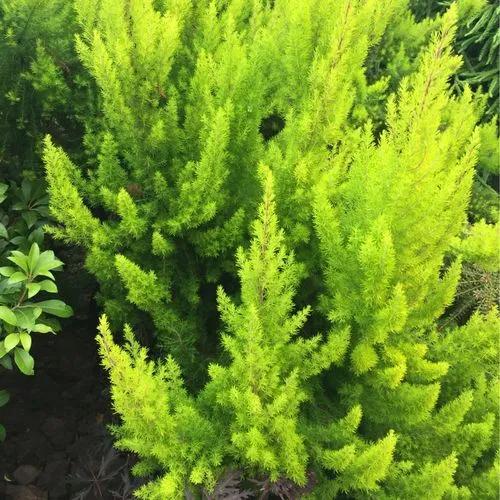Tsuga mertensiana, known as mountain hemlock, is a species of hemlock native to the west coast of North America, with its northwestern limit on the Kenai Peninsula, Alaska, and its southeastern limit in northern Tulare County, California. Mertensiana refers to Karl Heinrich Mertens (1796–1830), a German botanist who collected the first specimens as a member of a Russian expedition in 1826-1829.
Mountain Hemlock Care
Tsuga Mertensiana



Tsuga mertensiana is a large evergreen coniferous tree growing to 20 to 40 m (66 to 131 ft) tall, with exceptional specimens as tall as 59 m (194 ft) tall. They have a trunk diameter of up to 2 m (6 ft 7 in). The bark is thin and square-cracked or furrowed, and gray in color. The crown is a neat, slender, conic shape in young trees with a tilted or drooping lead shoot, becoming cylindric in older trees. At all ages, it is distinguished by the slightly pendulous branchlet tips. The shoots are orange–brown, with dense pubescence about 1 mm (0.04 in) long. The leaves are needle-like, 7 to 25 mm (0.3 to 1 in) long and 1 to 1.5 mm (0.04 to 0.06 in) broad, soft, blunt-tipped, only slightly flattened in cross-section, pale glaucous blue-green above, and with two broad bands of bluish-white stomata below with only a narrow green midrib between the bands; they differ from those of any other species of hemlock in also having stomata on the upper surface, and are arranged spirally all around the shoot. The cones are small (but much longer than those of any other species of hemlock), pendulous, cylindrical, 30 to 80 mm (1 to 3 in) long and 8 to 10 mm (5⁄16 to 3⁄8 in) broad when closed, opening to 12 to 35 mm (1⁄2 to 1 3⁄8 in) broad, superficially somewhat like a small spruce cone. They have thin, flexible scales 8 to 18 mm (5⁄16 to 11⁄16 in) long. The immature cones are dark purple (rarely green), maturing red–brown 5 to 7 months after pollination. The seeds are red–brown, 2 to 3 mm (1⁄16 to 1⁄8 in) long, with a slender, 7 to 12 mm (1⁄4 to 1⁄2 in)-long pale pink–brown wing. he geographic range of Tsuga mertensiana fairly closely matches that of Tsuga heterophylla (western hemlock), likewise mostly less than 100 km (62 mi) from the Pacific Ocean apart from a similar inland population in the Rocky Mountains in southeast British Columbia, northern Idaho and western Montana. The inland populations most likely established after deglaciation by remarkable long-distance dispersal of more than 200 km from the coast populations. Their ranges, however, differ in California, where western hemlock is restricted to the Coast Ranges and mountain hemlock is found in the Klamath Mountains and Sierra Nevada. Unlike western hemlock, mountain hemlock mostly grows at high altitudes except in the far north, from sea level to 1,000 m (3,300 ft) in Alaska, 1,600 to 2,300 m (5,200 to 7,500 ft) in the Cascades in Oregon, and 2,500 to 3,050 m (8,200 to 10,010 ft) in the Sierra Nevada.
How to Care for the Plant

Popularity

59 people already have this plant 5 people have added this plant to their wishlists
Discover more plants with the list below
Popular articles






